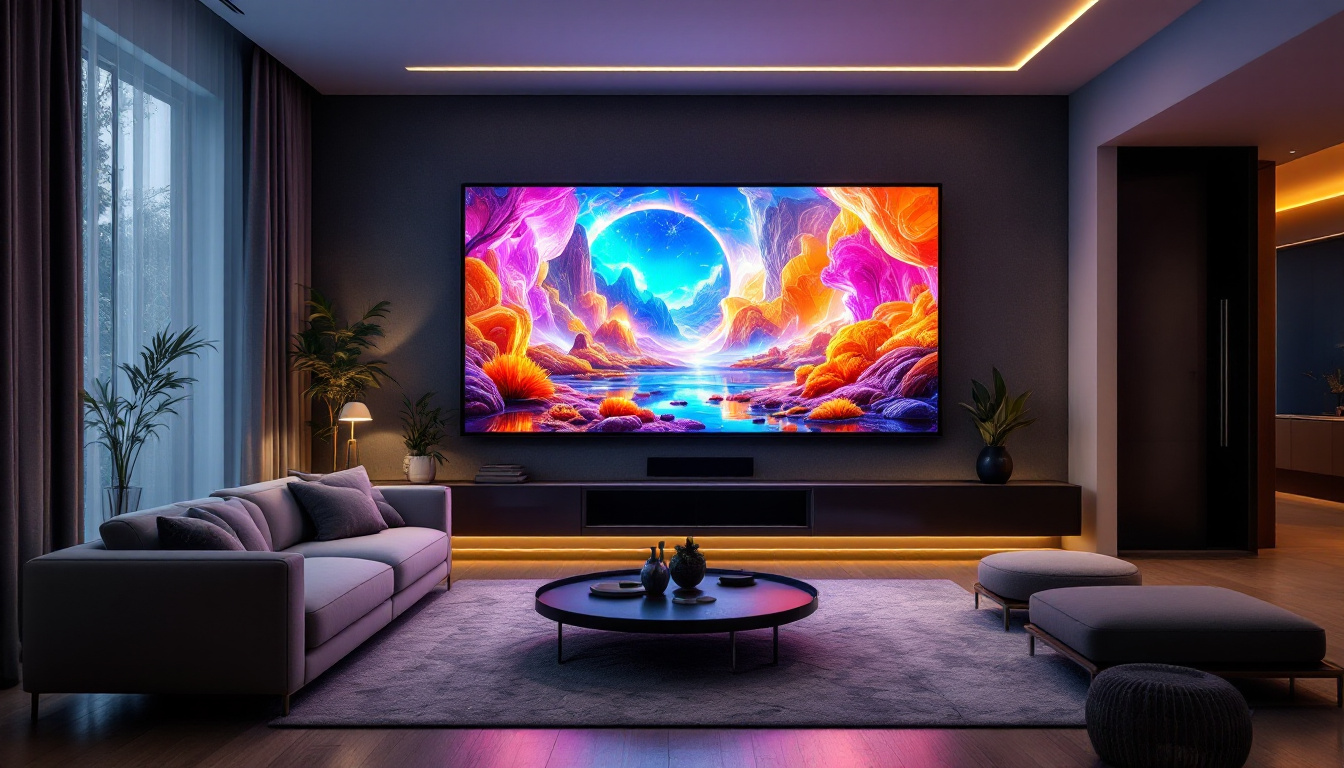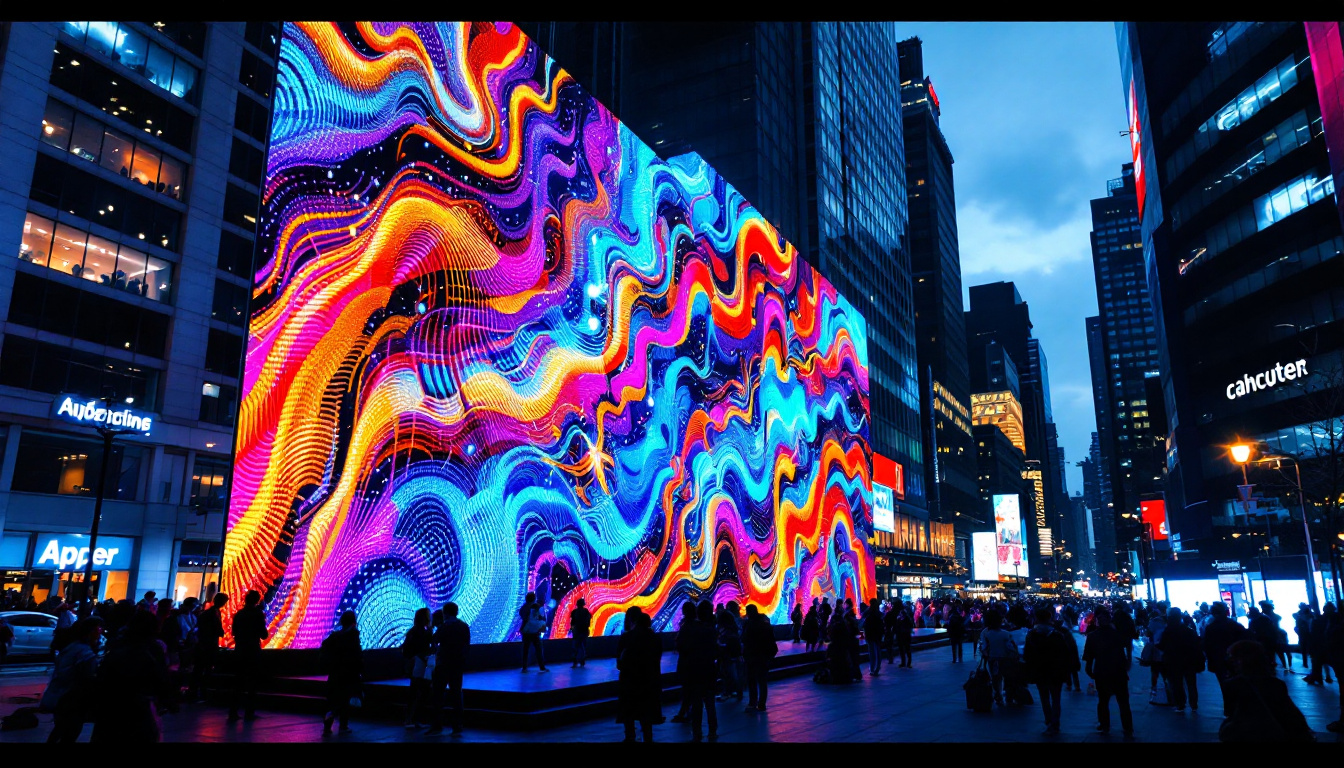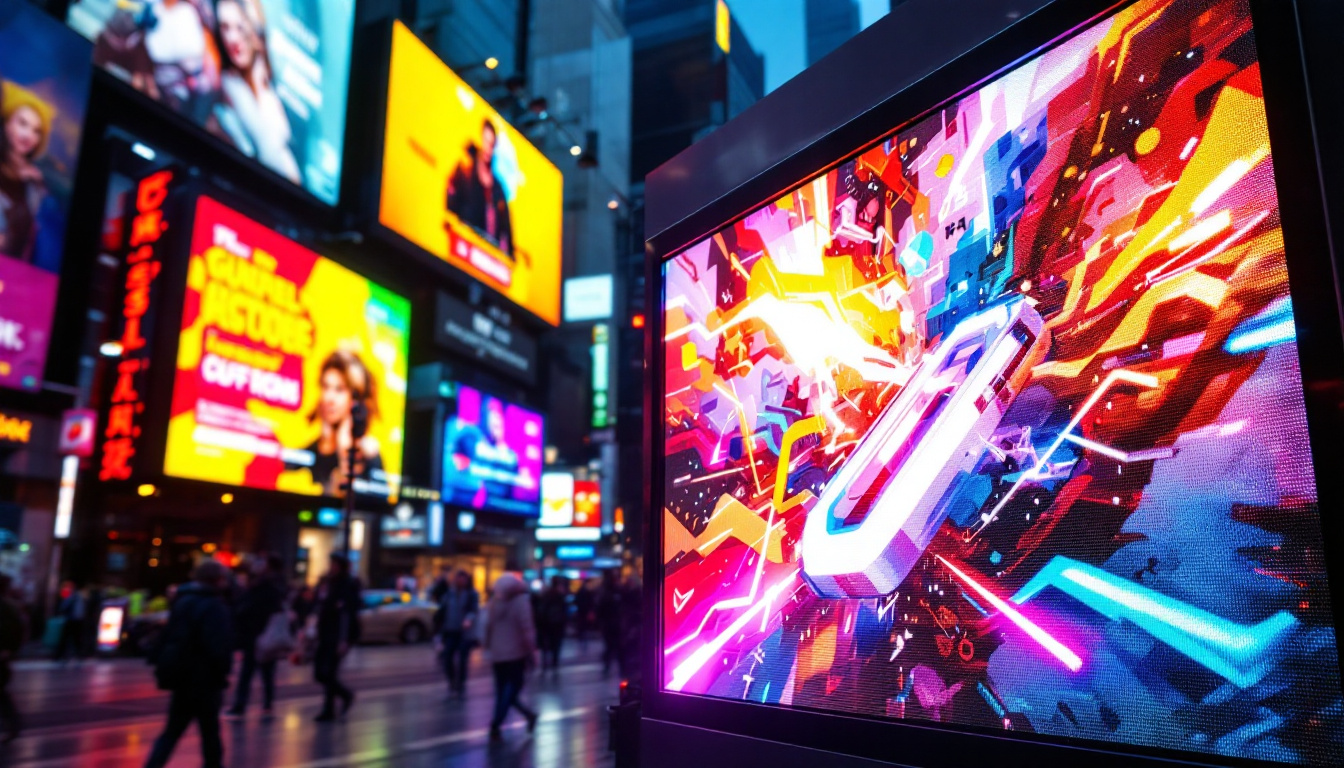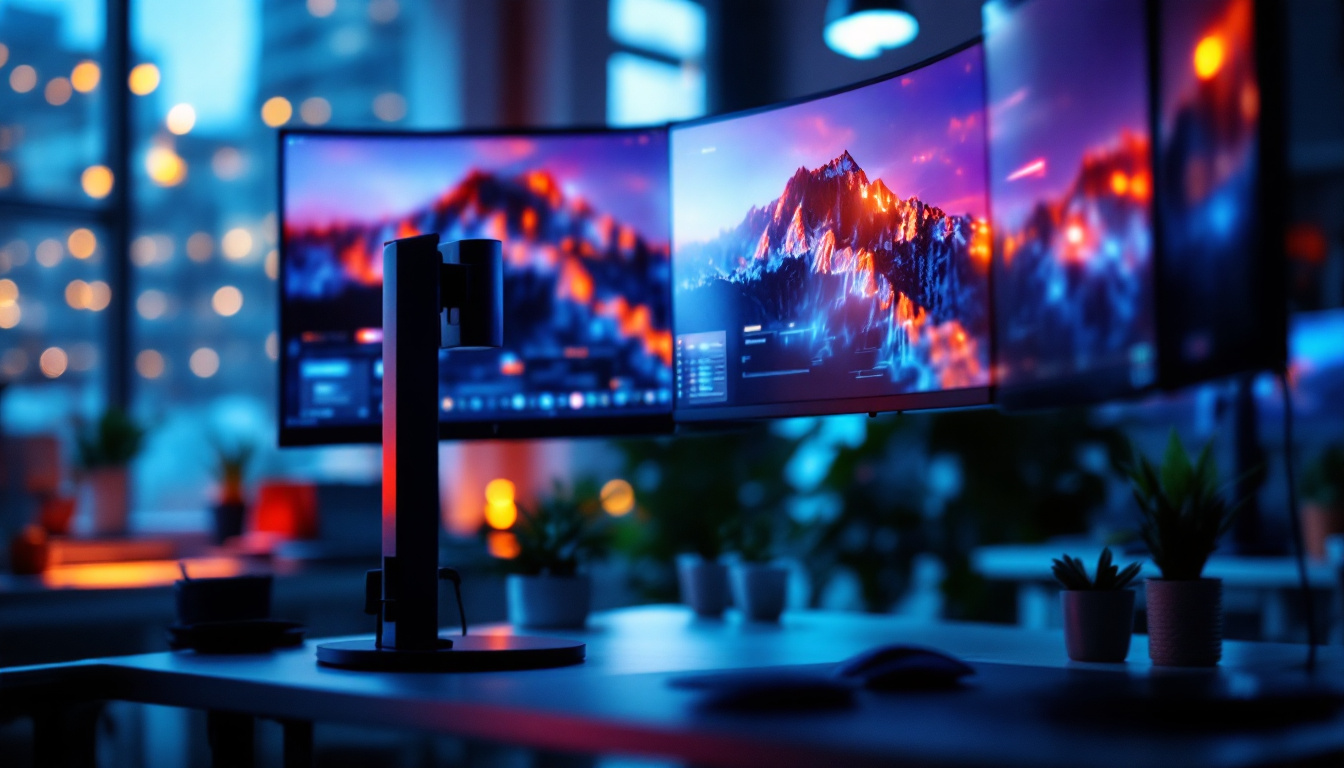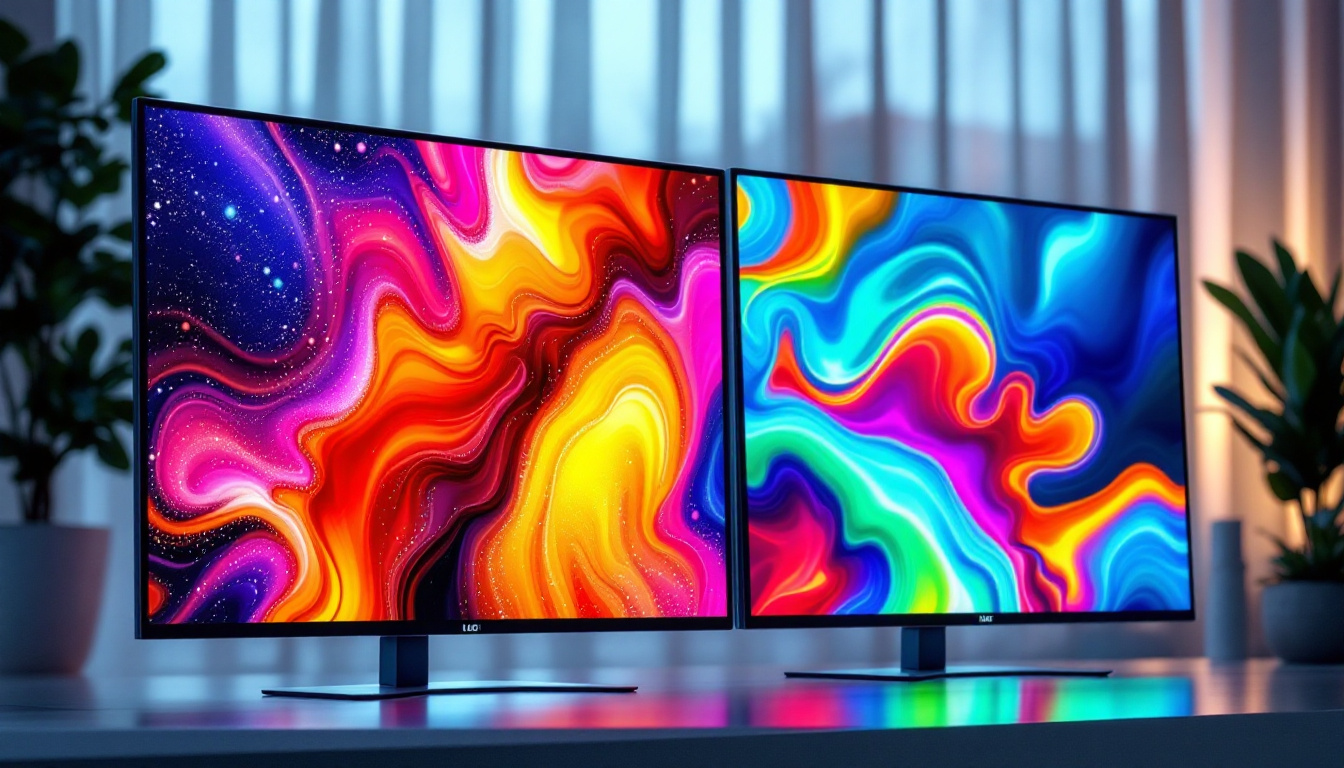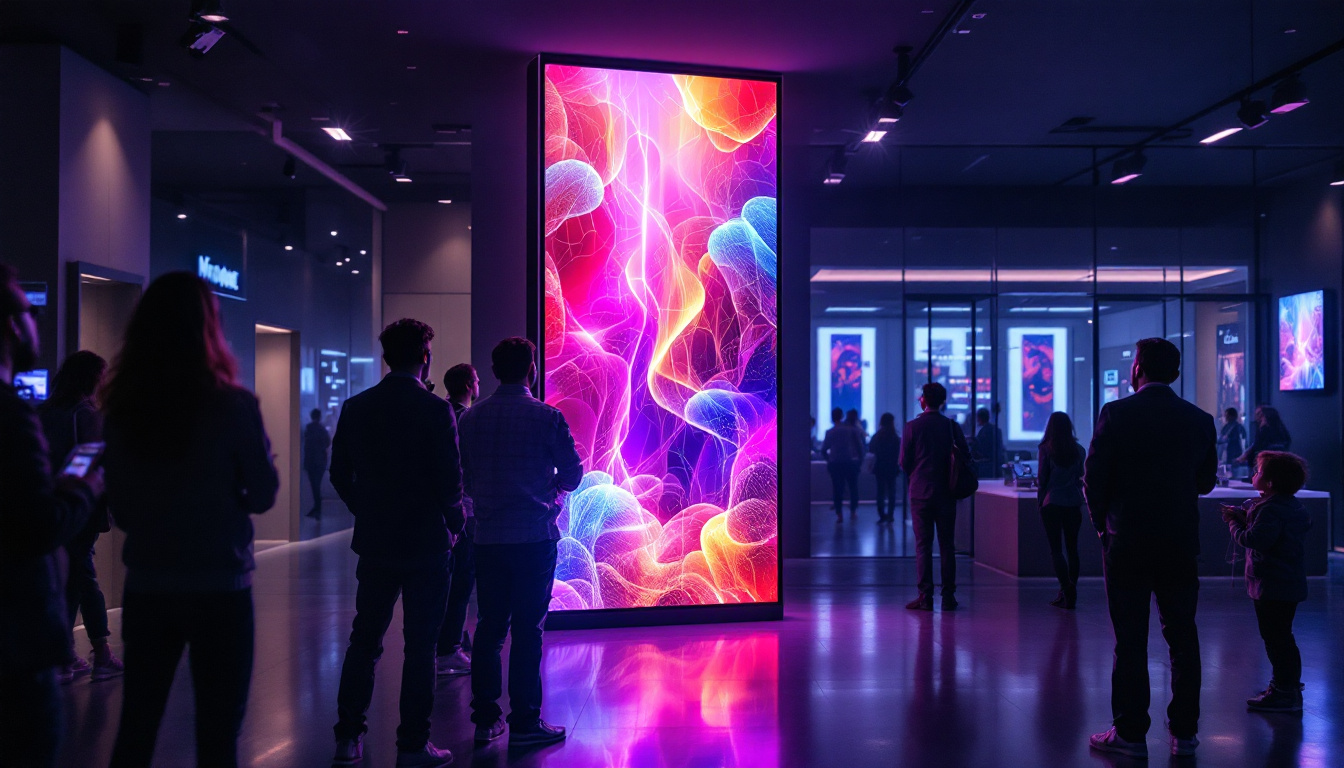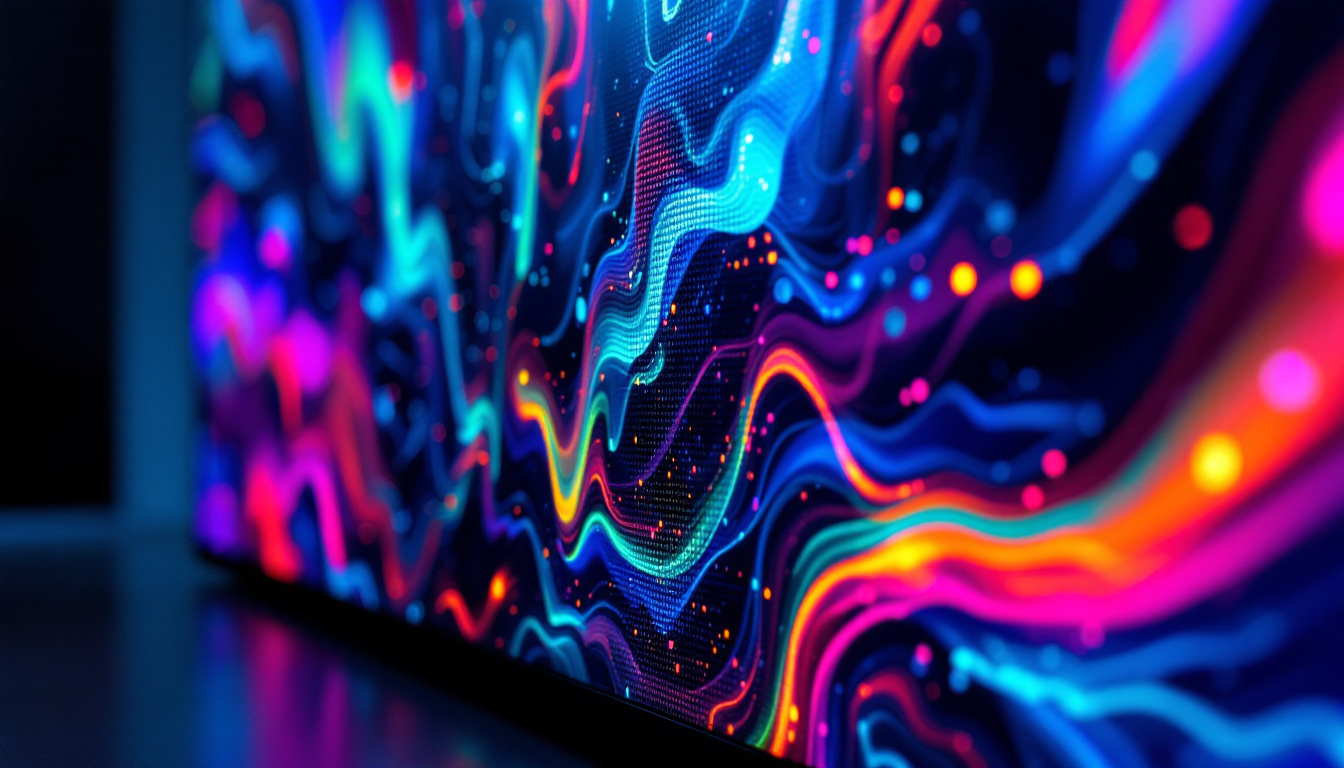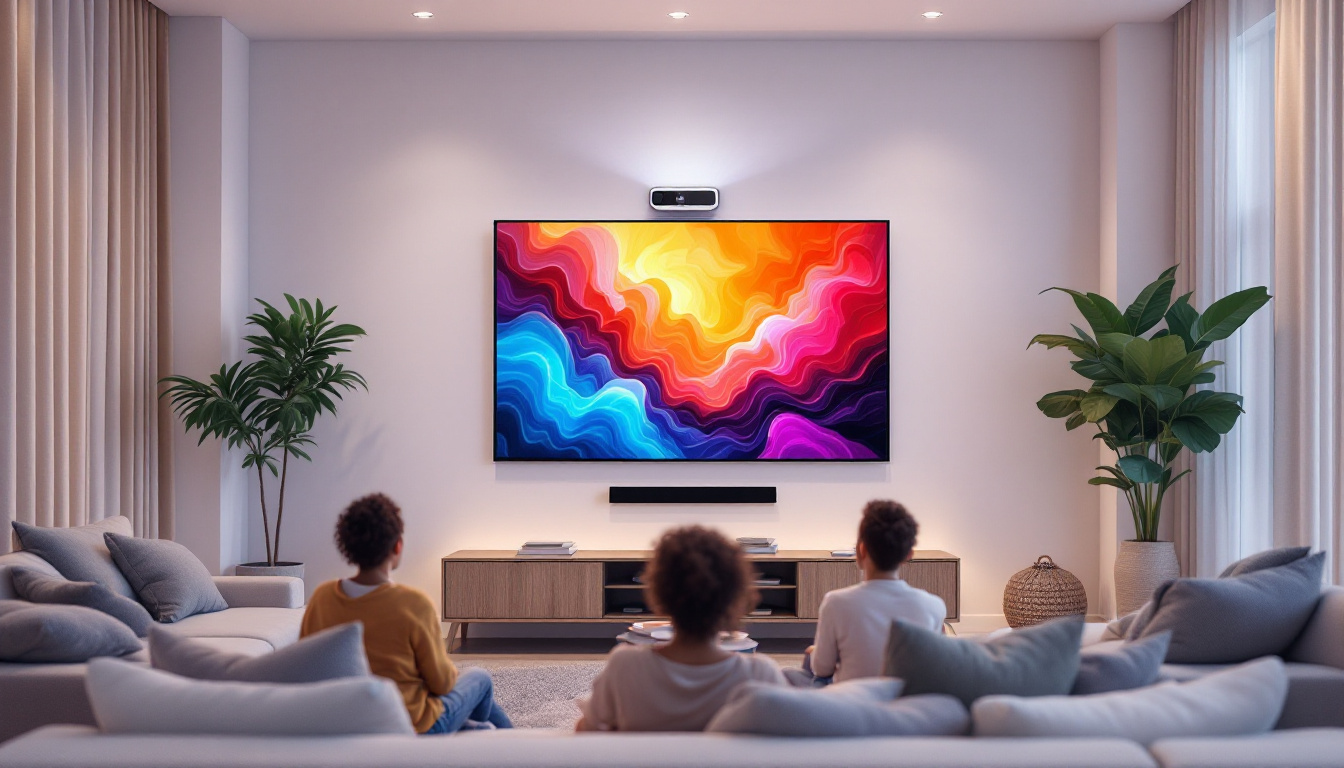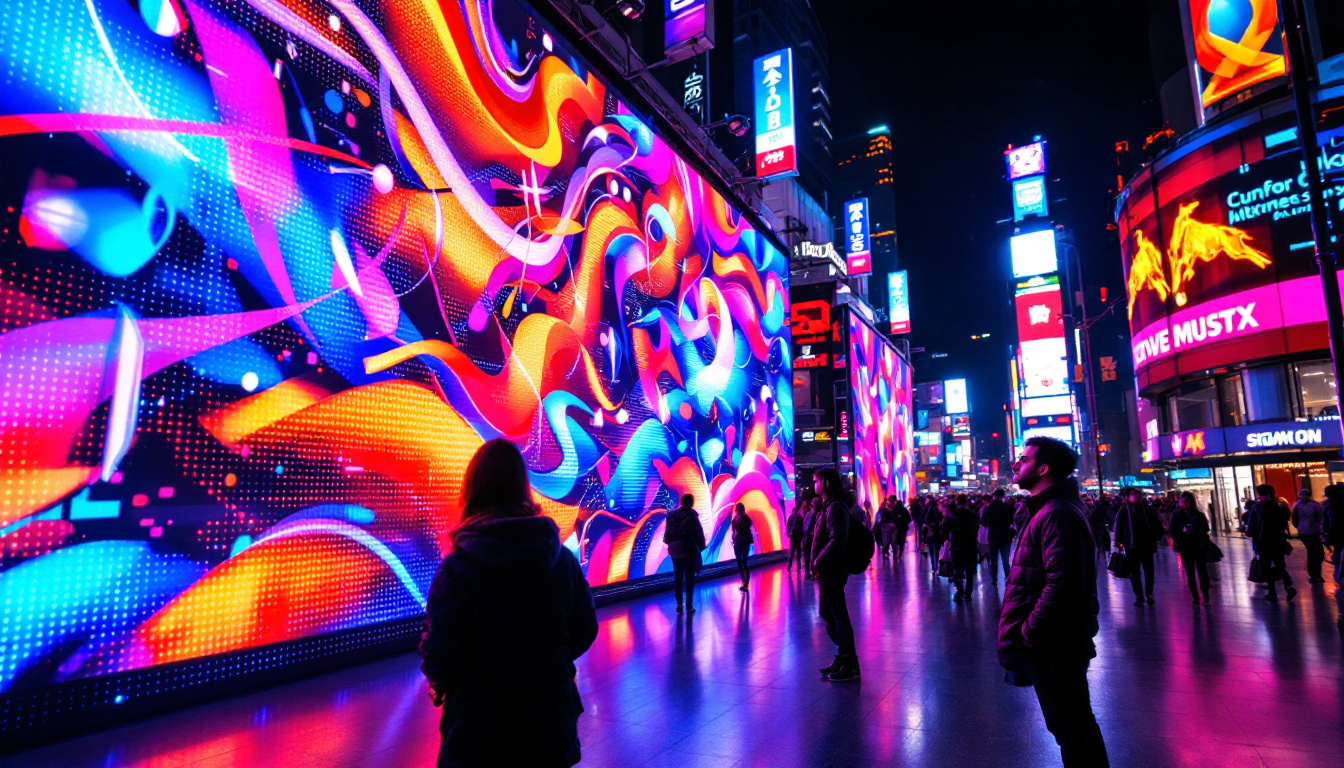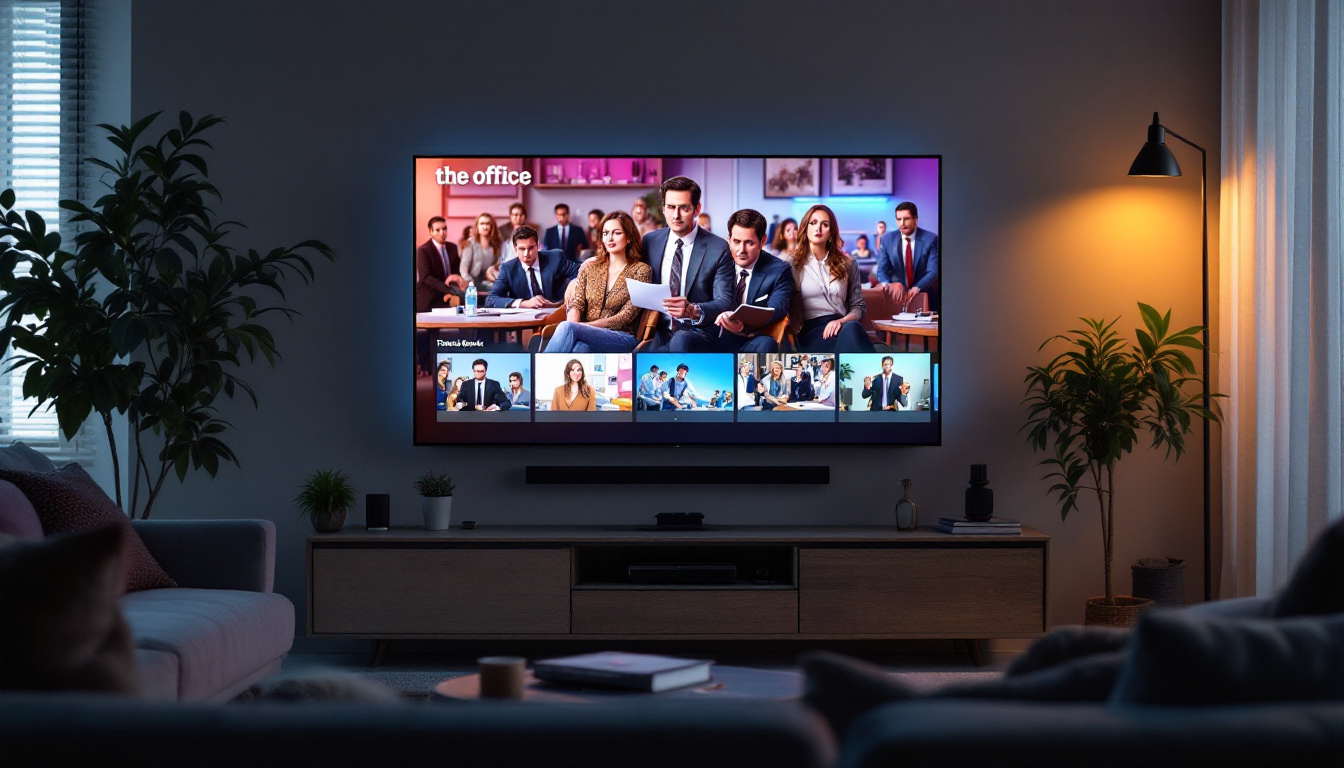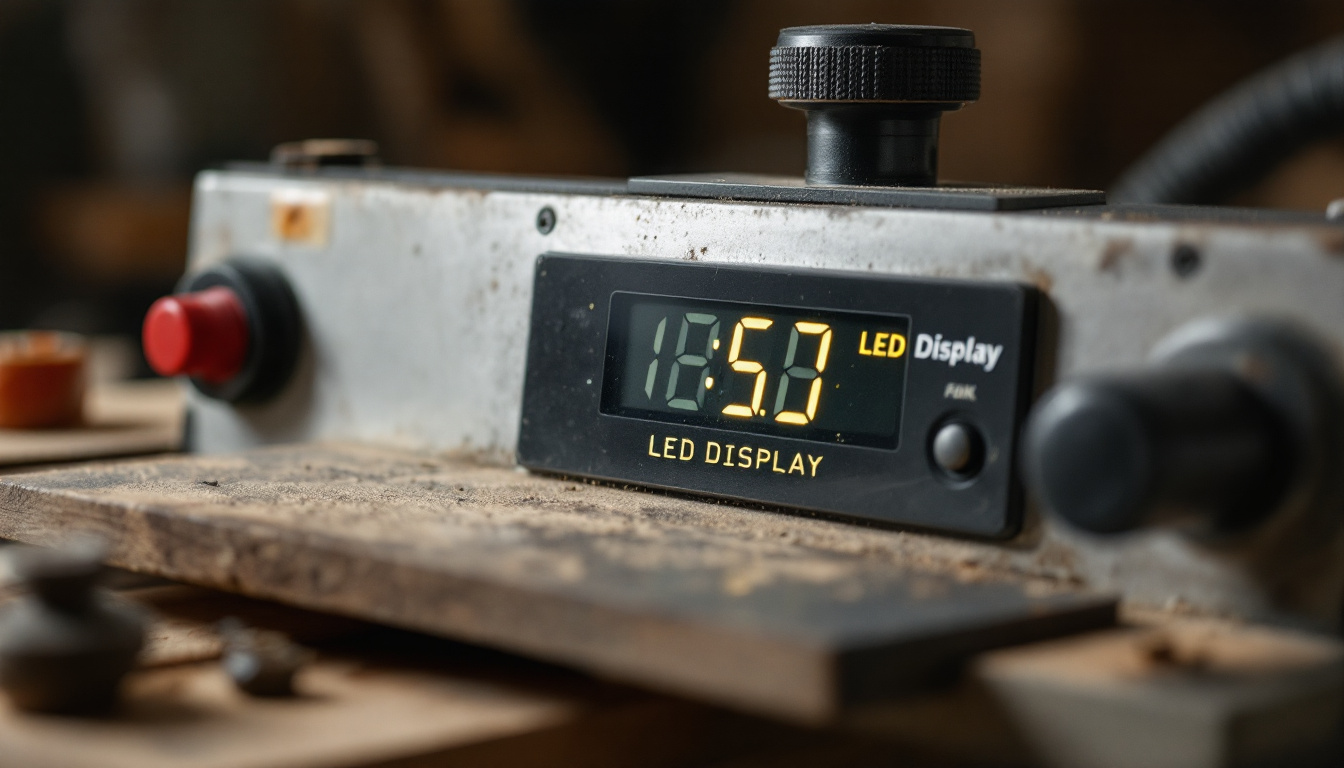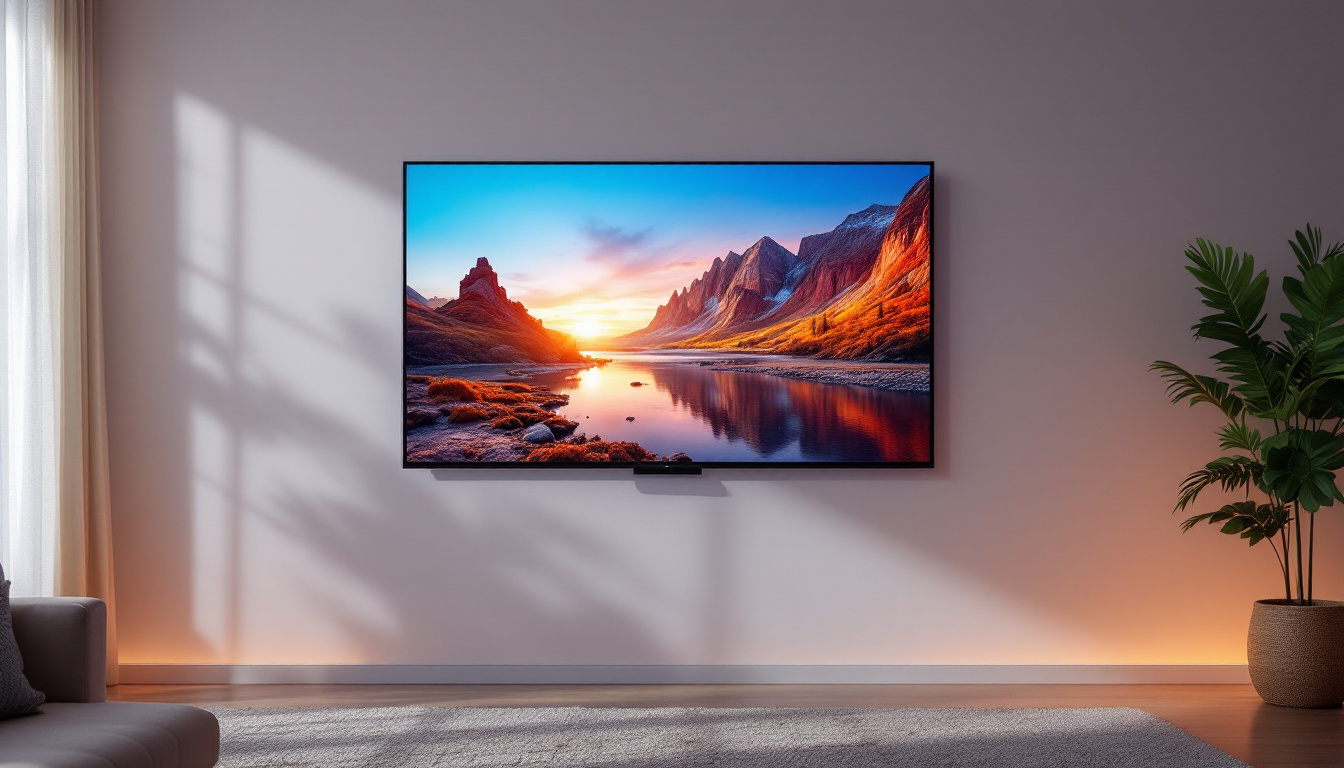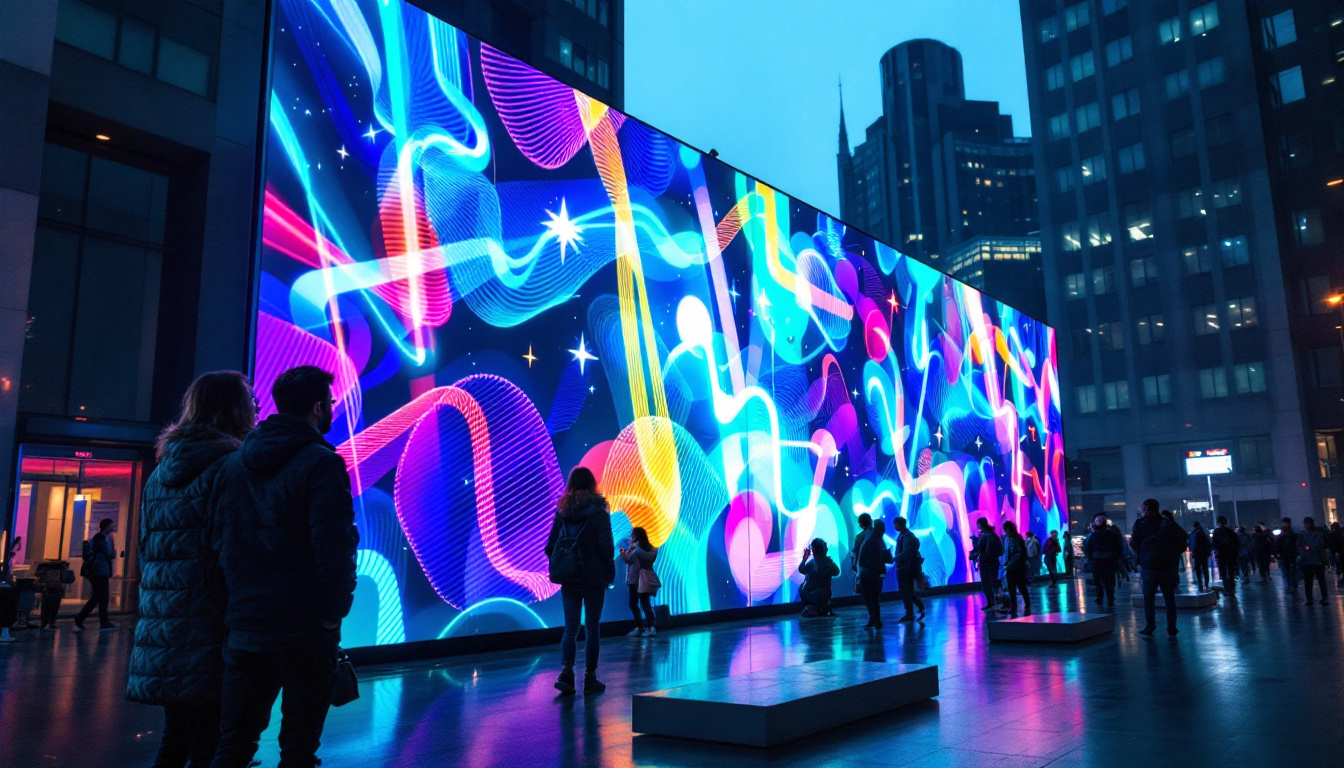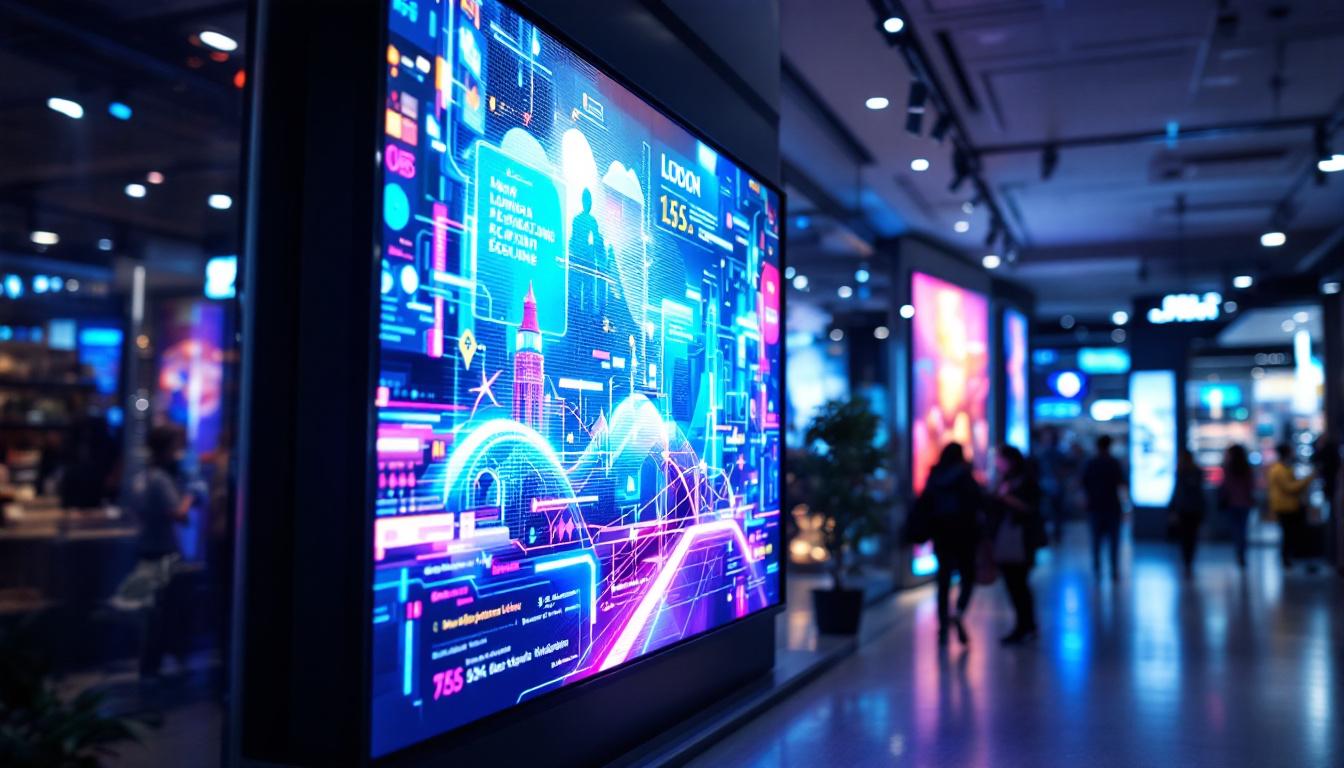Building A TV Wall: LED Display Explained
The concept of a TV wall has gained immense popularity in recent years, particularly in commercial settings, entertainment venues, and even in modern homes. A TV wall, often constructed using LED displays, offers a striking visual impact and the ability to showcase content in a dynamic and engaging way. This article delves into the intricacies of building a TV wall, focusing on LED display technology, installation considerations, and the benefits it brings to various environments.
Understanding LED Display Technology
LED (Light Emitting Diode) technology has revolutionized the way visual content is displayed. Unlike traditional LCD screens, LED displays offer superior brightness, contrast, and color accuracy, making them ideal for large-scale installations. This section will explore the fundamentals of LED technology, its advantages, and the different types of LED displays available.
How LED Displays Work
At the core of LED displays are tiny diodes that emit light when an electric current passes through them. These diodes are arranged in a grid, forming pixels that can change color and intensity based on the input signal. The combination of red, green, and blue (RGB) diodes allows for a wide spectrum of colors to be produced, resulting in vibrant and lifelike images.
LED displays can be categorized into two main types: direct view and backlit. Direct view LED displays are composed of individual LED modules that form the entire screen, while backlit LED displays use LEDs to illuminate an LCD panel from behind. For TV walls, direct view LED displays are preferred due to their seamless integration and superior image quality.
Advantages of LED Displays
One of the most significant advantages of LED displays is their brightness. They can produce high levels of luminosity, making them suitable for environments with ambient light, such as shopping malls and conference rooms. Additionally, LED displays have a longer lifespan compared to traditional displays, with many lasting over 100,000 hours of operation.
Another notable benefit is their energy efficiency. LED technology consumes less power than conventional displays, making it a more sustainable choice. Furthermore, LED displays are lightweight and thin, allowing for versatile installation options, including wall mounting and hanging configurations. This adaptability not only enhances aesthetic appeal but also facilitates easier maintenance and upgrades, as components can often be accessed without dismantling the entire setup.
Types of LED Displays for TV Walls
When considering a TV wall, it’s essential to understand the various types of LED displays available. The most common options include:
- Indoor LED Displays: Designed for indoor environments, these displays offer high resolution and vibrant colors, making them ideal for retail and corporate settings.
- Outdoor LED Displays: Built to withstand the elements, outdoor LED displays are weatherproof and designed for high visibility in bright sunlight.
- Fine Pitch LED Displays: These displays feature a smaller pixel pitch, resulting in higher resolution and clarity, perfect for close viewing distances.
In addition to these standard types, there are also specialized LED displays tailored for specific applications. For instance, transparent LED displays are gaining popularity in retail environments, allowing products to be showcased behind the screen while still delivering dynamic content. Similarly, curved LED displays are being utilized in immersive environments, such as theaters and exhibitions, to create a more engaging viewer experience. These innovations highlight the versatility of LED technology and its ability to adapt to the evolving demands of modern visual communication.
Moreover, advancements in LED technology continue to push the boundaries of what is possible. Features such as high dynamic range (HDR) and enhanced color gamut are becoming more common, allowing for even more stunning visuals. Additionally, the integration of smart technology into LED displays enables features like remote management and real-time content updates, further enhancing their functionality in dynamic environments. As industries continue to embrace digital signage, LED displays are poised to remain at the forefront of visual technology, providing solutions that are both effective and visually captivating.
Planning Your TV Wall Installation
Building a TV wall requires careful planning and consideration. From assessing the space to selecting the right equipment, the installation process can be complex. This section outlines the key steps involved in planning a successful TV wall installation.
Assessing the Space
The first step in planning a TV wall is to assess the available space. Factors such as wall size, viewing distance, and ambient light levels play a crucial role in determining the configuration and size of the LED display. It is essential to measure the wall accurately and consider any obstructions, such as windows or furniture, that may affect the installation.
Additionally, understanding the intended use of the TV wall is vital. Will it be used for presentations, advertising, or entertainment? The purpose will influence the type of content displayed and the technology required.
Selecting the Right Equipment
Once the space has been assessed, the next step is to select the appropriate LED display and supporting equipment. This includes choosing the right pixel pitch based on the viewing distance, as well as considering factors such as resolution, brightness, and color accuracy. It’s also important to select a reliable video processor and control system to manage the content displayed on the wall.
In addition to the displays themselves, consider the mounting hardware and installation accessories required. These may include brackets, cables, and power supplies, all of which should be compatible with the chosen displays.
Designing the Layout
Designing the layout of the TV wall is a crucial step that impacts both aesthetics and functionality. The layout should ensure that the displays are arranged in a visually appealing manner while allowing for easy access to controls and maintenance. Common configurations include grid patterns, curved designs, and even custom shapes, depending on the space and design vision.
It’s also advisable to create a mock-up or digital rendering of the proposed layout to visualize how the final installation will look. This can help identify any potential issues before installation begins.
Installation Process
The installation of a TV wall can be a challenging task, requiring technical expertise and careful execution. This section outlines the general process involved in installing an LED display TV wall.
Preparing the Wall
Before installing the LED displays, the wall must be prepared. This involves ensuring that the surface is clean, smooth, and structurally sound. Any necessary reinforcements should be made to support the weight of the displays, especially for larger installations.
Additionally, electrical considerations must be addressed. Adequate power outlets should be installed, and cabling should be routed to avoid visible clutter. This preparation stage is critical for ensuring a seamless installation process.
Mounting the Displays
Once the wall is prepared, the next step is to mount the LED displays. This process typically involves attaching mounting brackets to the wall and securing the displays to these brackets. Care must be taken to align the displays correctly to avoid gaps or misalignment.
During this stage, it is essential to have multiple technicians involved to handle the weight of the displays and ensure safety. Proper tools and equipment should be used to secure the displays firmly and safely.
Connecting the System
After the displays are mounted, the next step is to connect the system. This includes linking the displays to the video processor, control system, and any other necessary equipment. Proper cabling is crucial for maintaining signal integrity and ensuring high-quality video output.
Once everything is connected, thorough testing should be conducted to ensure that all displays are functioning correctly and displaying content as intended. This step is vital for identifying any issues before the system goes live.
Benefits of a TV Wall
Investing in a TV wall offers numerous benefits, making it an attractive option for various applications. This section highlights the key advantages of having a TV wall in both commercial and residential settings.
Enhanced Visual Experience
One of the primary benefits of a TV wall is the enhanced visual experience it provides. The large, high-resolution displays create an immersive environment, capturing the attention of viewers and delivering content in a captivating manner. This is particularly beneficial in settings such as retail stores, where engaging displays can drive sales and attract customers.
In corporate environments, a TV wall can enhance presentations and meetings, allowing for dynamic content delivery and improved audience engagement. The ability to display multiple sources simultaneously further enriches the experience, making it easier to convey complex information.
Versatility and Flexibility
TV walls are incredibly versatile and can be used for a variety of applications. From digital signage and advertising to live event broadcasting and video conferencing, the possibilities are virtually limitless. The flexibility of LED display technology allows for easy content updates and changes, ensuring that the displayed information remains relevant and engaging.
Moreover, TV walls can be customized to fit the specific needs of any environment. Whether it’s a large-scale installation in a stadium or a compact setup in a conference room, LED displays can be tailored to meet the requirements of the space.
Cost-Effectiveness
While the initial investment in a TV wall may be significant, the long-term cost-effectiveness cannot be overlooked. LED displays have a longer lifespan and lower energy consumption compared to traditional display technologies, resulting in reduced operational costs over time.
Additionally, the ability to showcase multiple content types on a single wall eliminates the need for multiple screens, further reducing costs associated with equipment and maintenance. As businesses and organizations seek to maximize their return on investment, TV walls present a compelling solution.
Conclusion
Building a TV wall using LED display technology is a powerful way to enhance visual communication and engagement in various environments. By understanding the fundamentals of LED displays, carefully planning the installation, and recognizing the benefits they offer, businesses and individuals can create stunning visual experiences that captivate audiences and drive results.
As technology continues to advance, the potential applications for TV walls will only expand, making them a worthwhile investment for the future. Whether for commercial use or personal enjoyment, a well-executed TV wall can transform any space and elevate the way content is experienced.
Discover LumenMatrix LED Display Solutions
Ready to take the first step towards building your own captivating TV wall? LumenMatrix is at the forefront of LED display innovation, offering a wide range of solutions tailored to your needs. From vibrant Indoor LED Wall Displays to robust Outdoor LED Wall Displays, and from dynamic Vehicle LED Displays to sleek LED Poster Displays, our technology is designed to revolutionize your space. Experience the future of visual communication with LumenMatrix’s advanced LED Sports Displays, interactive Floor LED Displays, and the transformative power of Custom and All-in-One LED Display solutions. Elevate your brand and engage your audience like never before. Check out LumenMatrix LED Display Solutions today and see your vision come to life.

